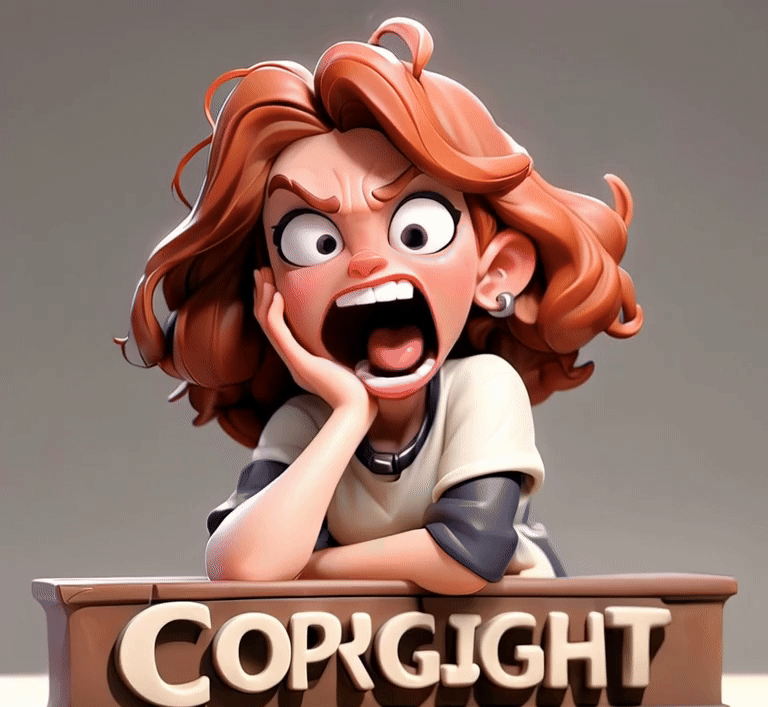⭕

I am the rightful owner of all images & videos shown on this page Orange-Paola-World ©
Copyright law is a legal framework that grants creators of original works exclusive rights to their creations, allowing them to control how their works are used, distributed, and reproduced. The main goal of copyright is to encourage creativity and innovation by giving creators protection for their works, usually for a limited period. Here are some key points about copyright law: 1. What is Protected by Copyright? Copyright protects original works of authorship that are fixed in a tangible medium of expression, such as: Literary works (books, articles, etc.) Musical works (songs, compositions) Dramatic works (plays, scripts) Visual works (paintings, drawings, sculptures) Motion pictures and other audiovisual works Sound recordings Software programs Architectural works Photographs Sculptures, and more. 2. What Copyright Protects vs. What it Doesn’t Copyright protects the expression of an idea (e.g., the specific way a story is written or a song is composed), but not the idea itself. It doesn’t protect facts, procedures, methods, or systems (these may be protected under patent or trademark law). It doesn’t cover things like titles, short phrases, or slogans. 3. Rights Under Copyright Copyright holders have the exclusive right to: Reproduce the work Distribute copies of the work Perform or display the work publicly Create derivative works (e.g., adaptations, sequels, or transformations of the original work) 4. Duration of Copyright The length of copyright protection varies depending on the jurisdiction and when the work was created. In the United States: For works created after January 1, 1978, the duration is typically the life of the author plus 70 years. For works created for hire or anonymous works, the copyright lasts 95 years from publication or 120 years from creation, whichever is shorter. 5. Fair Use and Exceptions Copyright law includes certain exceptions, such as fair use, which allows limited use of copyrighted material without permission under specific conditions. Common examples include: Criticism, comment, news reporting, teaching, scholarship, and research. The use must be considered fair, based on factors like the purpose of use (e.g., commercial vs. non-commercial), the nature of the copyrighted work, the amount of the work used, and its effect on the market value of the work. 6. Infringement If someone uses a copyrighted work without permission or outside the scope of fair use, it can lead to copyright infringement. This may result in: Civil lawsuits: The copyright holder can seek damages, which can include actual damages or statutory damages. Criminal penalties: In some cases, infringement can result in criminal charges and fines. 7. Copyright Registration While copyright is automatic once a work is created and fixed in a tangible medium, registering a work with the copyright office offers additional benefits, such as: Legal evidence of the copyright's existence. The ability to file a lawsuit for statutory damages and attorney's fees. International protection under various treaties (e.g., Berne Convention). 8. Public Domain and Creative Commons When a copyright expires, the work enters the public domain, meaning it can be freely used by anyone. Some creators choose to license their works under Creative Commons licenses, allowing others to use the work under certain conditions (e.g., attribution, non-commercial use). Copyright law can be complex, but it provides important protections to encourage the creation and sharing of artistic and intellectual works. If you’re working with or creating original content, understanding copyright is crucial.